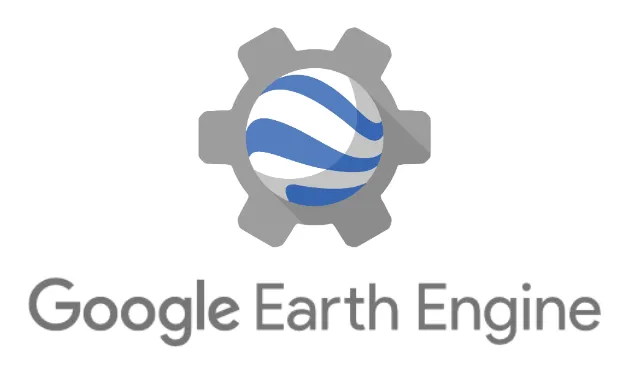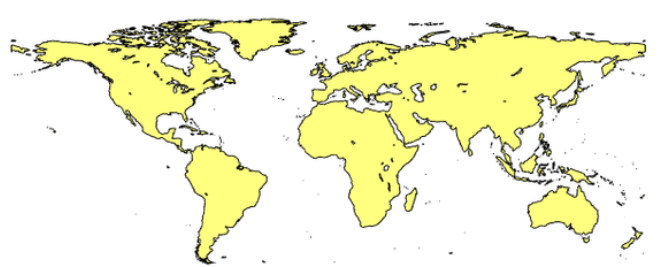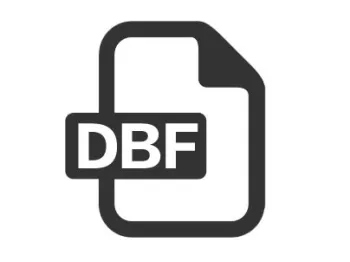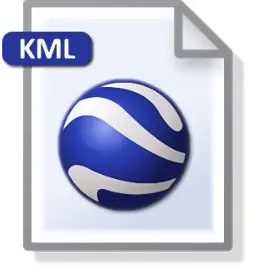3D Tiles Service - Cesium 3D Tiles
3D Tiles service is a map slicing service built based on the 3D Tiles specification developed by Cesium. It is designed to efficiently visualize and distribute large-scale three-dimensional spatial data and is an important technical foundation for modern Web GIS. It is mainly used to achieve high-speed rendering and interaction in Web browsers for complex data such as BIM, CIM, point clouds, three-dimensional models, and terrain. The client can browse interactively through visualization engines such as CesiumJS, while the server is responsible for organizing and distributing data hierarchically based on the 3D Tiles format. Through spatial segmentation technology based on LOD (level of detail) and streaming transmission mechanism, the 3D Tiles service achieves lightweight and fast data loading, which is especially suitable for city-level models and point cloud data, and is widely used in smart cities, urban planning, disaster prevention, infrastructure management and other fields.
2025-09-16 14:47:17Google Earth Engine (GEE)
**Google Earth Engine (GEE) **is a cloud-based geospatial analysis platform provided by Google, which can use earth observation data for large-scale analysis and visualization. Its feature is that it can efficiently and quickly process large-capacity, multi-dimensional information such as remote sensing images, geospatial data, and climate data in the cloud. Users can access rich archival resources from major satellite data providers such as NASA, USGS, and ESA for free, and write scripts using programming languages (JavaScript or Python), which are widely used in many fields such as surface change analysis, climate modeling, agricultural monitoring, and forest management.
2025-09-16 14:47:18NASA Earthdata API
NASA Earthdata API is a programmable interface provided by the National Aeronautics and Space Administration (NASA) that enables users to access earth observation data. Through this API, users can obtain remote sensing data collected by various satellites and sensors such as MODIS, Landsat, Sentinel, SMAP, ASTER, etc., covering many fields such as climate change, atmosphere, water cycle, land use, etc. The API is deeply integrated with Earthdata Search, DAAC (Distributed Active Archive Center) and other systems, enabling researchers, developers, government agencies and educational institutions to efficiently obtain and analyze data according to their own needs. By using this API, users can search, filter and download data directly in web applications or scripts, greatly improving scientific research efficiency and development flexibility.
2025-09-16 14:47:18SHP(Shapefile)
SHP (Shapefile) is a commonly used GIS data format. It is a vector data format designed by ESRI (Environmental Science Research Institute) and can be used to store and edit various geographic information data, such as points, lines, and surfaces. SHP files are a binary-based format that contains the geometric information and attribute information of geographic entities.
2025-09-16 14:47:19DBF(DataBase File)
**DBF **(DataBase File) is a file format for storing data, first introduced by the dBASE database system. It is widely used as a storage method for attribute data in GIS file formats such as Shapefile, and can record the non-spatial attribute information of each spatial element, facilitating data analysis and query.
2025-09-16 14:47:19SHX(Shapefile Index)
SHX (Shape Index) files are a file format in Geographic Information Systems (GIS), mainly used to store the location and size information of all geometric objects in Shapefile files. SHX files are part of the Shapefile file format, a popular GIS data format developed by the Environmental Systems Research Institute (ESRI) to store the geometry and attribute information of geographic locations. SHX files are usually used together with SHP files (master files storing geometry information) and DBF files (dBASE tables storing attribute data), and the three together constitute a complete Shapefile dataset.
2025-09-16 14:47:20GeoJSON
GeoJSON is a geospatial data format based on the JSON (JavaScript Object Notation) standard, used to represent simple geographic features and their attributes. It stores geographic data (such as points, lines, polygons, etc.) together with related attribute information, and is widely used in Web map services, GIS (Geographic Information System), data visualization, and geographic data exchange.
2025-09-16 14:47:21JSON (JavaScript Object Notation)
**JSON **(JavaScript Object Notation) is a lightweight data exchange format based on a subset of the JavaScript language and is widely used for data transmission and storage. JSON uses key-value pairs to represent data, using a simple, easy-to-read text format that is also easy to parse and generate, making it a universal data exchange format.
2025-09-16 14:47:22GML (Geography Markup Language)
**GML **(Geography Markup Language) is an XML standard defined by the Open Geospatial Consortium (OGC) for storing and exchanging geographic information. As one of the core standards for geographic information systems (GIS) and spatial data infrastructure (SDI), GML provides a universal, text-based encoding method for complex geographic data models. It allows users to describe geometric shapes (such as points, lines, polygons), geographic features, attributes, and topological relationships, facilitating data sharing and interoperability between different systems.
2025-09-16 14:47:22
 Service
Service










